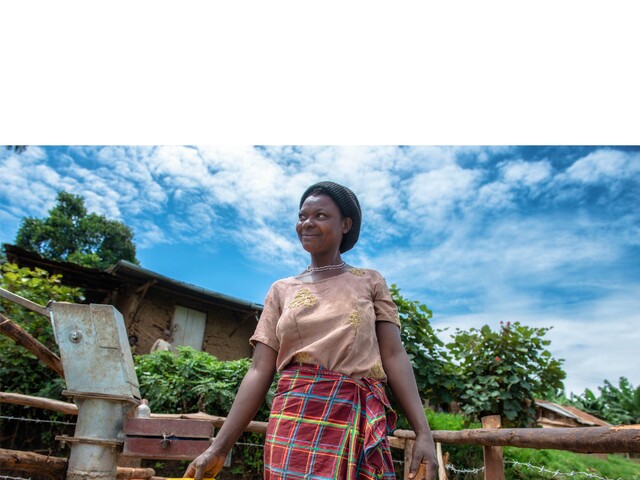
Explore our pages
Narrow down your search by using the filters. Dive deeper using advanced search.
Please find below your results. You can filter results or use our Resources: Advanced Search facility.
This data set contains expenditure and service level data for water supply systems and sanitation facilities in Ghana. Read more...
The data set includes expenditure and service level data and a sample of the survey tools used to collect this data. Read more...
The data set includes expenditure and service level data and a sample of the survey tools used to collect this data. Read more...
An interview with IRC's Head International Programme Catarina Fonseca on increasing water sector financing by improving governance. Read more...
Join for free! Courses start Thursday 1st of March, Friday 1st of June and Monday 1st of October. Read more...
IRC has compiled a growing repository of tools and guidance for strengthening WASH service delivery. Read more...
The relatively low allocation of financial resources towards recurrent costs of rural water suppy in Uganda works against the delivery of adequate... Read more...
Financing for the water and environment sector in Uganda has shown a declining trend since 2008, leading to a reduction in funding for key aspects of water supply services. Read more...
It costs at least US$ 10 per student to construct water and sanitation facilities in schools and another US$ 1.40 per student per year for all recurrent costs including continuous support to hygiene promotion. Read more...
Este video presenta el enfoque de costos del ciclo de vida y el motivo por el cual se desarrolló. Ofrece además una explicación de los principales componentes de los costos de agua y saneamiento en áreas rurales y periurbanas.
El video fue producido en el marco del proyecto WASHCost.
Read more...In collaboration with the National Directorate of Water of the Government of Mozambique (Direcção Nacional de Àguas) and under the technical support and guidance of the multi-stakeholder Water and Sanitation Group GAS (Grupo de Agua e Saneamento), primary data collection on Mozambique was carried... Read more...
In collaboration with the Community Water and Sanitation Agency (CWSA), the WASHCost Ghana team focused its data collection in three districts (one each in the Northern, Ashanti and Volta regions) and conducted supplementary case studies in the Central region and Greater Accra. Read more...
The WASHCost Burkina Faso team conducted its research in rural and peri-urban communities across three geographically distinct areas: the dry region of Nord, the capital city Ouagadougou, and the forested Southwest region, Hauts-Bassins. Read more...
This book provides readers with a glimpse into the realities of managing large-scale initiatives with ambitious goals. It reveals that through... Read more...
We are delighted to announce that the WASHCost e-book, Priceless! Uncovering the real costs of water and sanitation, is available for free download on IRCWASH from September 2014. Read more...